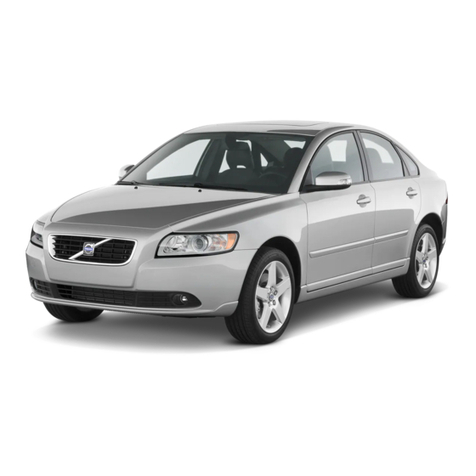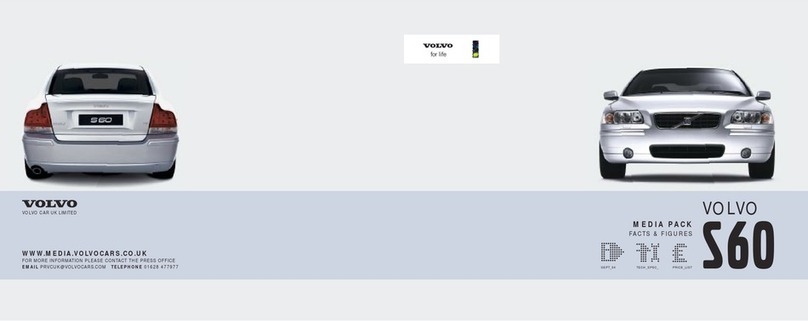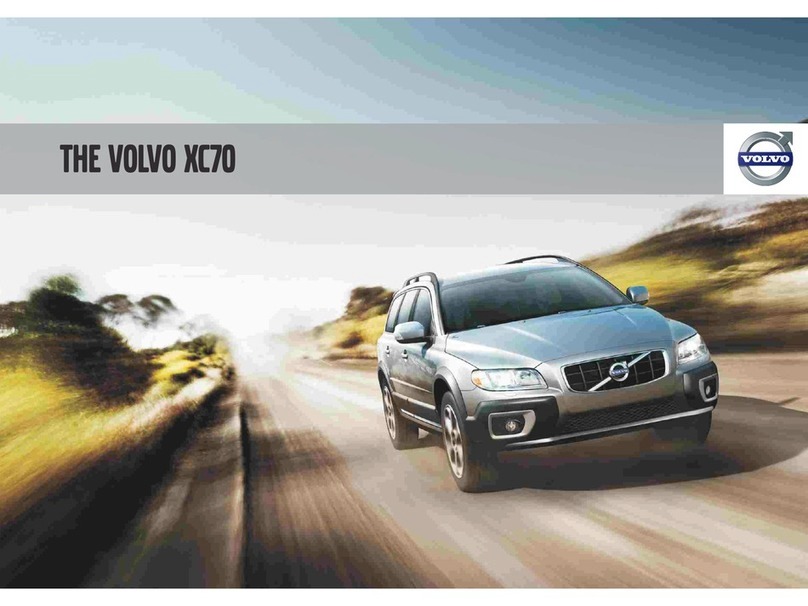Volvo VN 2012 User manual
Other Volvo Automobile manuals

Volvo
Volvo XC90 Hybrid 2016 User manual

Volvo
Volvo 2012 XC60 Quick start guide

Volvo
Volvo S80 - User manual

Volvo
Volvo 2001 S80 User manual
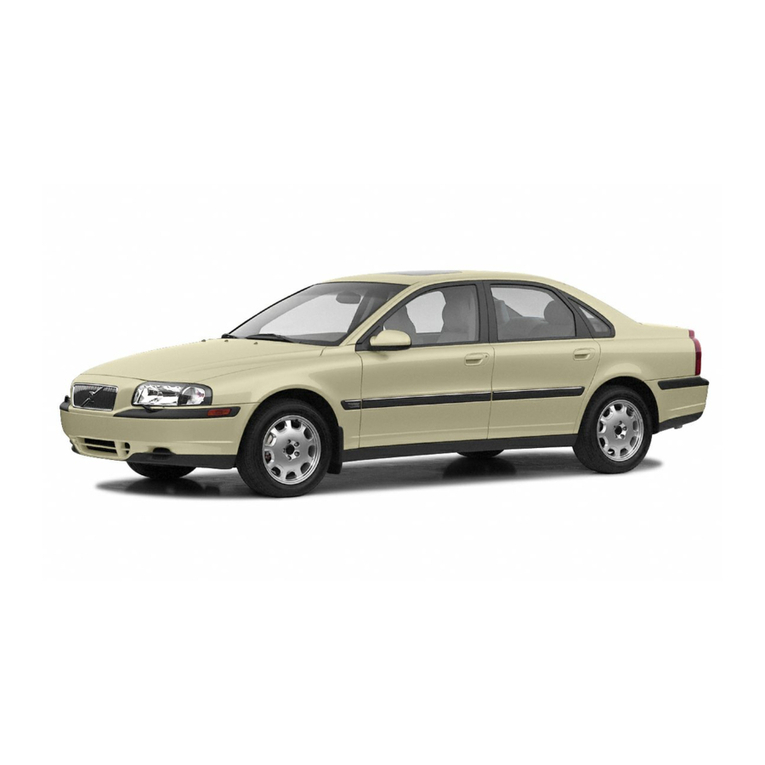
Volvo
Volvo 2003 S60 Quick start guide
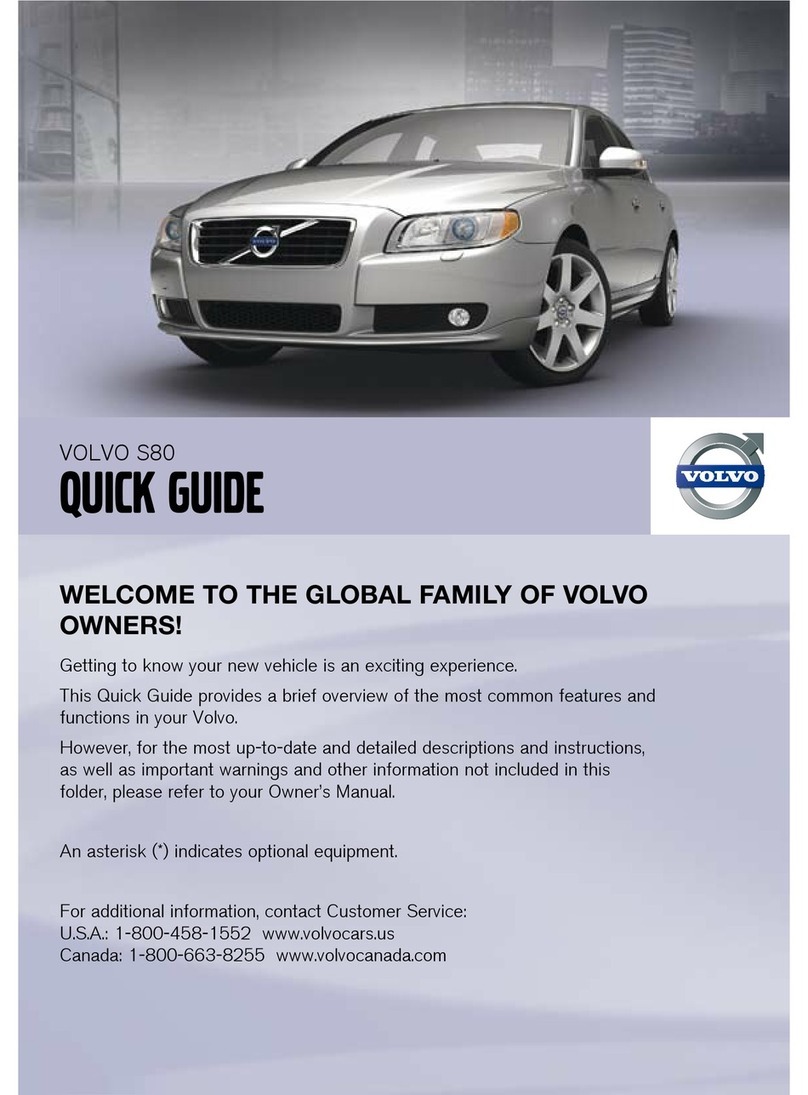
Volvo
Volvo S80 - User manual
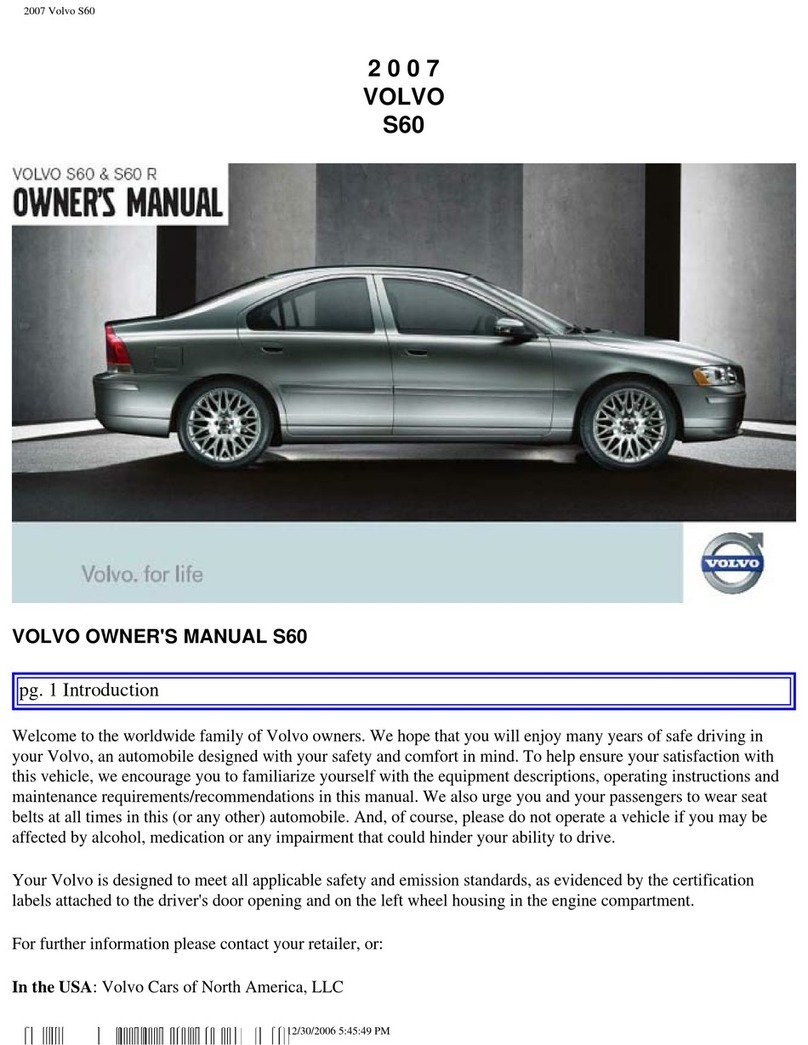
Volvo
Volvo S60 - ANNEXE 931 User manual

Volvo
Volvo 850 Owner's manual
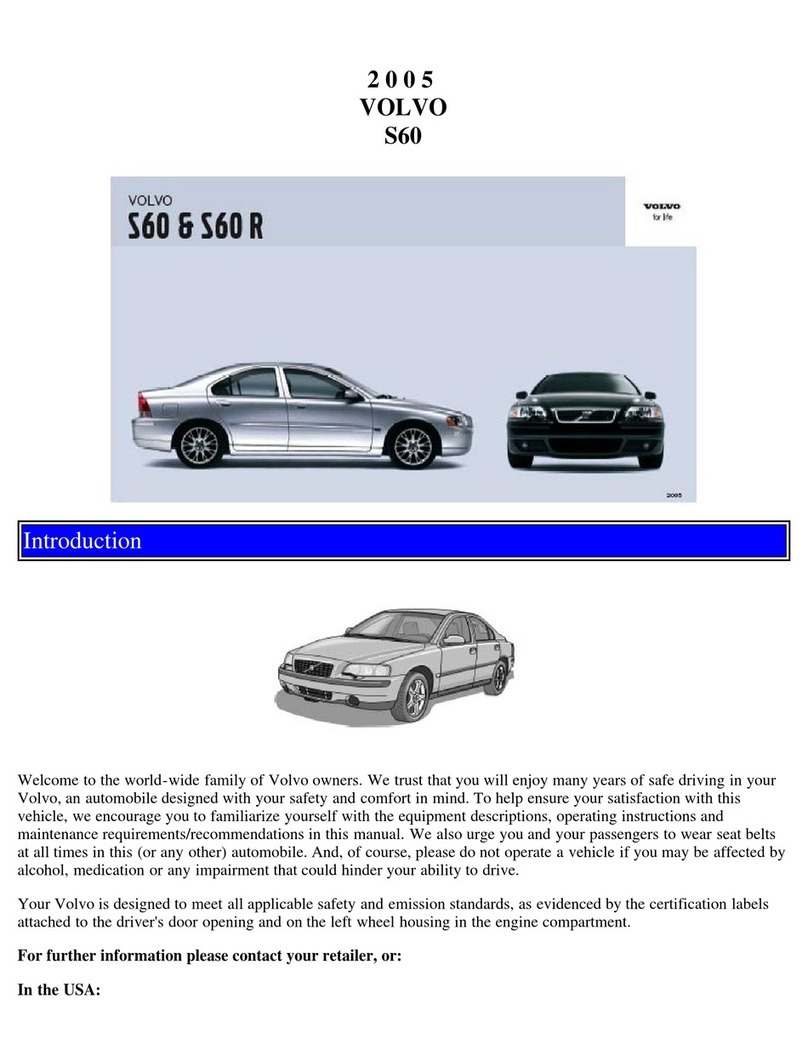
Volvo
Volvo 2005 S60R User manual
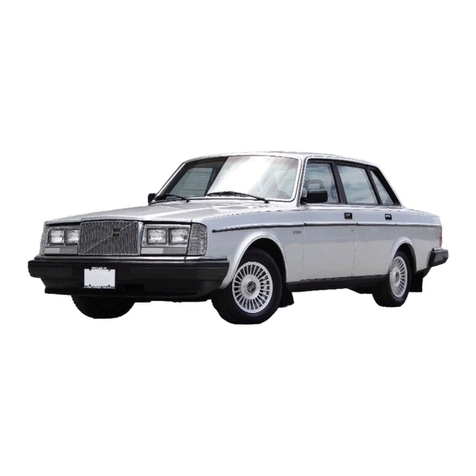
Volvo
Volvo 240 1984 User manual

Volvo
Volvo XC60 - ANNEXE 541 User manual

Volvo
Volvo XC90 - ANNEXE 951 User manual

Volvo
Volvo V60 2012 User manual
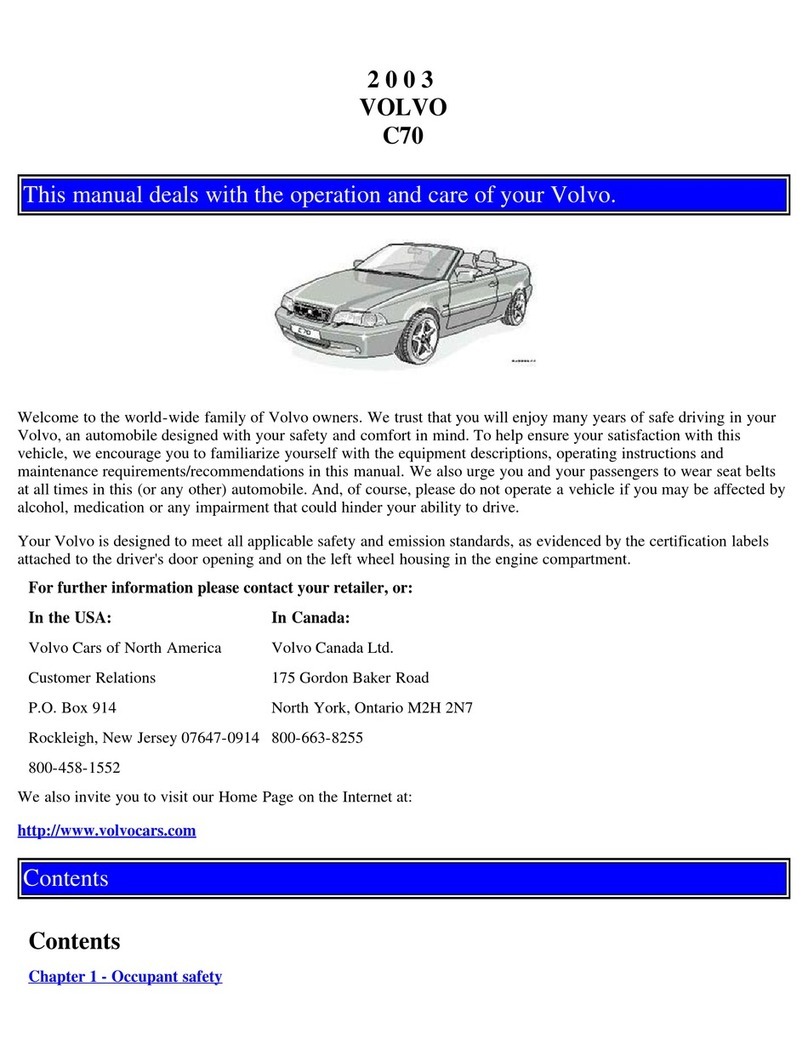
Volvo
Volvo 2003 C70 User manual

Volvo
Volvo XC 90 User manual

Volvo
Volvo XC90 - ANNEXE 951 User manual
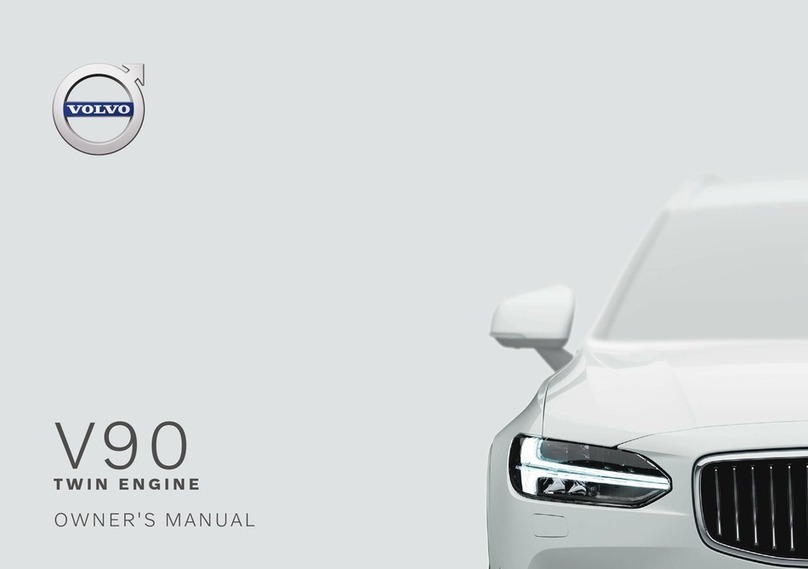
Volvo
Volvo V90 - ACCESSORY PANEL User manual

Volvo
Volvo V60 TWIN ENGINE 2019 User manual
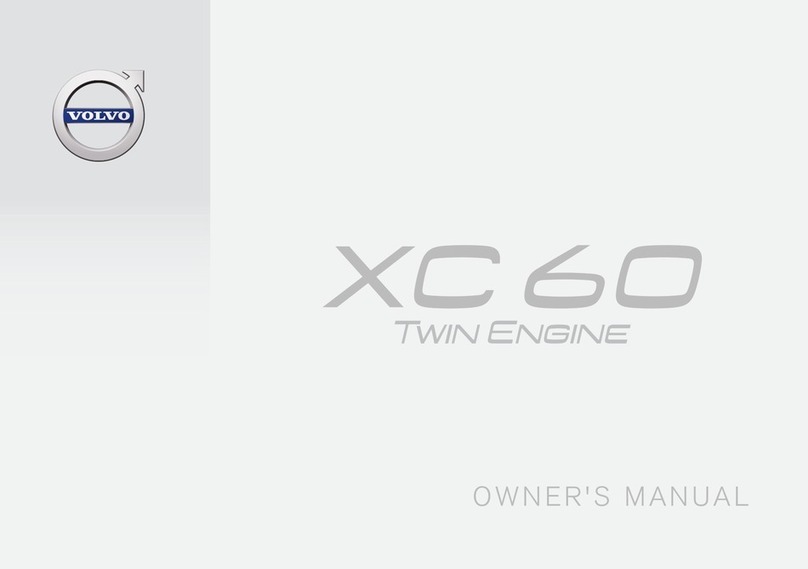
Volvo
Volvo XC 60 TWIN ENGINE User manual
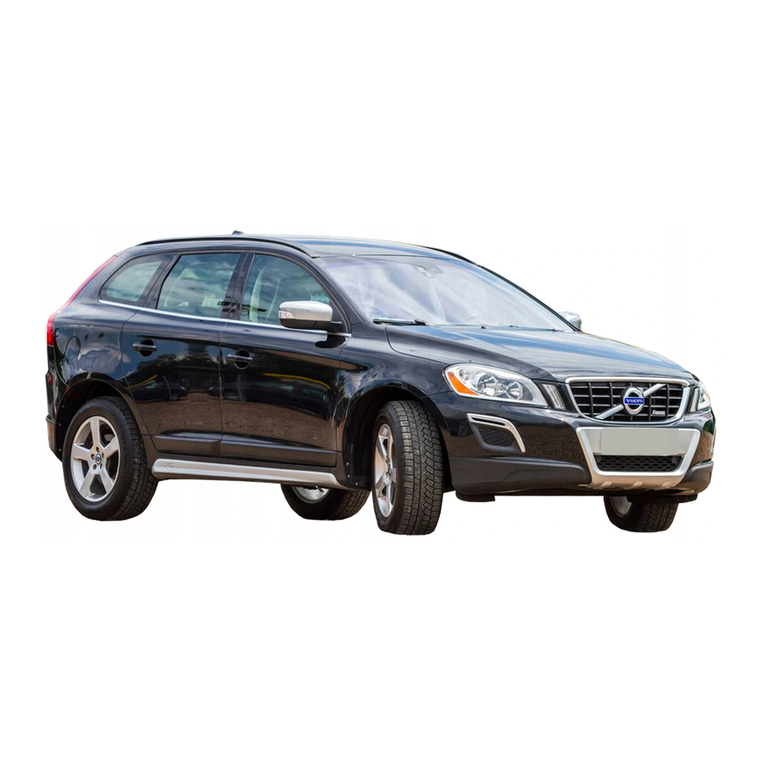
Volvo
Volvo XC60 - ANNEXE 541 User manual

